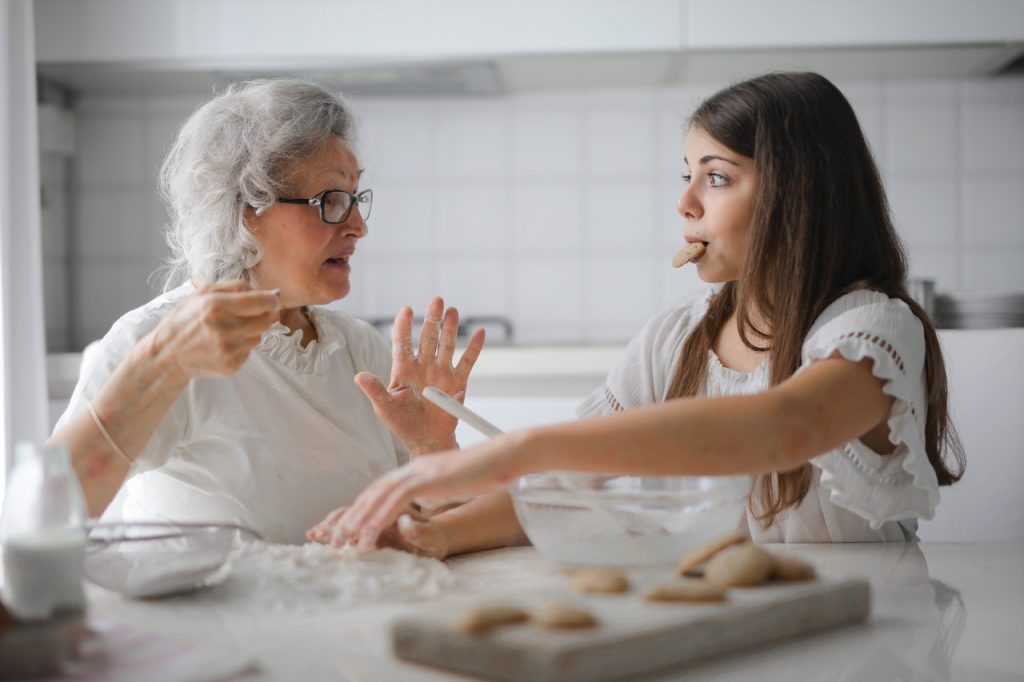Your nutrition needs change as you age. As your body enters senior adulthood, it will need more of some things your younger body didn’t, and it will require less of what your younger years demanded. To lead a strong and vibrant life, you have to make gradual tweaks in your diet. Here’s a general guide to healthy eating as you age.
Understand the Healthy Plate for Your Age
Many people refer to the food pyramid for their nutrition needs. At the bottom of the pyramid are the energy-giving carbohydrates, so people load up on bread and grain. That’s followed by fruit and vegetables, then dairy, then lean meat. At the very top—and occupying the smallest space—are fats and oils, so ideally, people would eat only the smallest amounts of each.
However, this can be misleading, as the food pyramid is only a rough guide; it doesn’t take age, gender, and medical conditions into account. It’s better to search for plate guides that are tailored to senior adult needs. MyPlate, for instance, provides a graphical representation of how the five food groups should look on your plate.
Eat More Fiber
As you age, you face a greater risk for diseases like heart disease, stroke, and diabetes. You’re more prone to gain weight, too, and when your weight exceeds the healthy numbers, you become even more vulnerable to the mentioned diseases.
As such, your body would benefit a lot from eating more fiber. Not only does it maintain healthy and regular bowel movement, but it also lowers your risk for diseases and helps keep the extra pounds at bay. Fiber also plays an important role in digestion among seniors. Age makes digestion less efficient, but fiber can help make up for it because it aids the digestive tract. The fiber absorbs water and creates the “bulk” of the waste, so the body can easily push it out.

Be Smart About Food Preparation
When people are young, they tend not to care too much about the food they eat. Food preparation isn’t much of an issue. However, senior populations are advised to exercise caution about preparing their food, especially in a pandemic. Take senior care facilities, for instance. Elakeside, a food equipment manufacturer, notes that the pandemic had a greater impact on the older population, so meal preparation and delivery should be done with care. Apart from following COVID-19 sanitation protocols, seniors should be presented with food that will boost their immunity.
Follow food safety guidelines when preparing and storing food to avoid COVID-19 and food-borne illnesses that can be awful for people of advanced age.
Stay Hydrated
Water is the most important part of your diet, so don’t let yourself go dehydrated. Drink small amounts of water throughout the day. While you may drink tea and coffee, these are not substitutes for water. In fact, nothing substitutes for water. Buy a handy water bottle that you can carry around the house or outdoors, so you never forget. And if you drink different types of beverages, choose ones that keep sugar and salt to a minimum.
And finally, the most important part of planning a senior menu is to consult a physician for personal health needs. The dietary guidelines are reliable, but you might have certain conditions that require more or less of certain nutrients. You might run the risk of eating too few of certain food groups for your age. Once you’ve talked to your doctor, maintain the discipline of sticking to your dietary plans. It will help keep you strong enough to meet whatever challenge comes your way.

